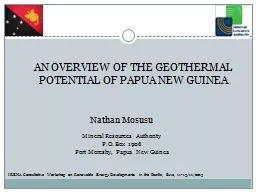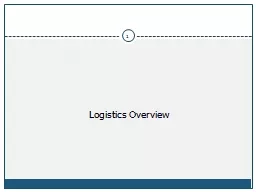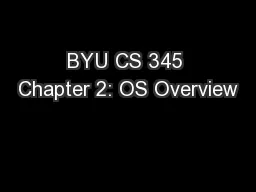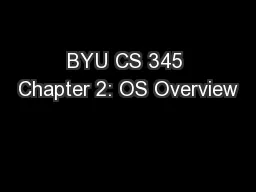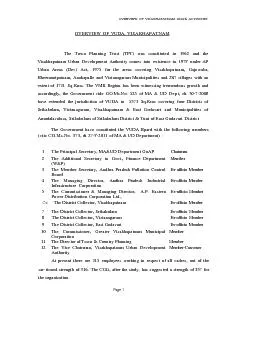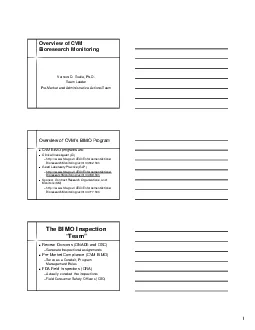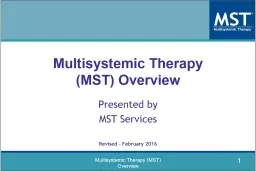PPT-AN OVERVIEW OF THE
Author : karlyn-bohler | Published Date : 2016-11-13
G EOTHERMAL POTENTIAL OF PAPUA NEW GUINEA Mineral Resources Authority PO Box 1906 Port Moresby Papua New Guinea Nathan Mosusu IRENA Consultative Workshop on Renewable
Presentation Embed Code
Download Presentation
Download Presentation The PPT/PDF document "AN OVERVIEW OF THE" is the property of its rightful owner. Permission is granted to download and print the materials on this website for personal, non-commercial use only, and to display it on your personal computer provided you do not modify the materials and that you retain all copyright notices contained in the materials. By downloading content from our website, you accept the terms of this agreement.
AN OVERVIEW OF THE: Transcript
Download Rules Of Document
"AN OVERVIEW OF THE"The content belongs to its owner. You may download and print it for personal use, without modification, and keep all copyright notices. By downloading, you agree to these terms.
Related Documents

